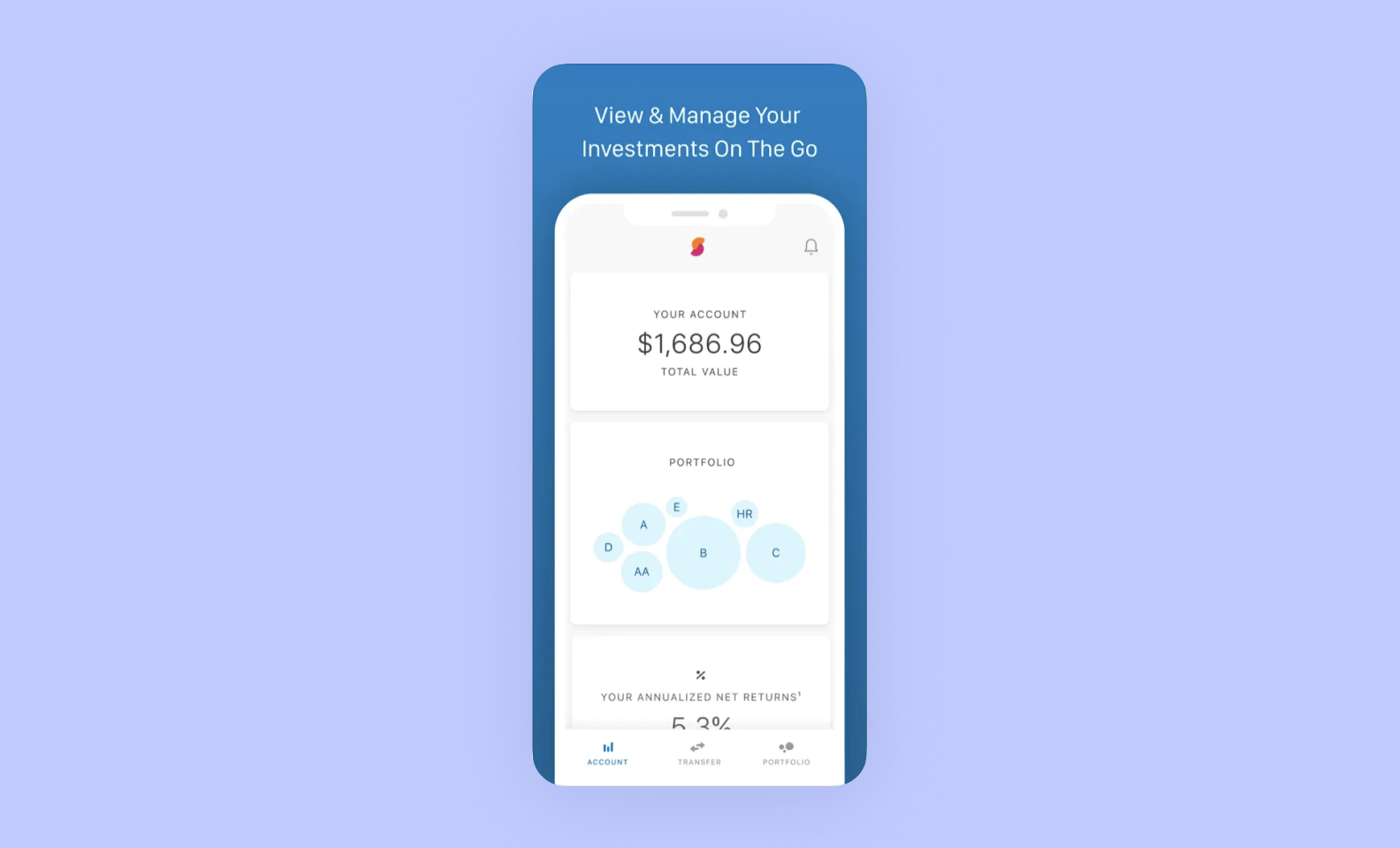The real estate market is booming, and mobile apps are at the forefront of this digital revolution. Platforms like Magicbricks have transformed how people buy, sell, and rent properties. If you’re looking to build a similar app, you’re likely wondering: how much will it cost? Let’s break down the factors influencing the development cost and provide a realistic estimate.
Understanding the Core Features of a Real Estate App Like Magicbricks
Before diving into the financials, it’s essential to understand the key features that make Magicbricks and similar apps successful:
- Property Listings:
- Detailed property information (photos, videos, descriptions, floor plans).
- Advanced search filters (location, price, property type, amenities).
- Interactive maps for location visualization.
- User Accounts:
- Registration and login for buyers, sellers, and agents.
- Personalized dashboards with saved searches and favorite properties.
- Communication tools (in-app messaging, calls).
- Agent/Builder Profiles:
- Dedicated profiles for real estate agents and builders.
- Listing management and lead tracking.
- Advertising and promotional features.
- Location Services:
- GPS integration for accurate location detection.
- Proximity-based property suggestions.
- Map-based search and navigation.
- Notifications and Alerts:
- Real-time notifications for new listings and price changes.
- Alerts for saved searches and property updates.
- Payment Gateway Integration:
- Secure online payment options for booking fees and deposits.
- Integration with various payment providers.
- Admin Panel:
- Content management system for property listings and user accounts.
- Analytics and reporting tools.
- User management and moderation.
Factors Influencing Development Costs
The cost of developing a real estate app can vary significantly based on several factors:
- App Complexity:
- The number and complexity of features.
- Integration with third-party services (maps, payment gateways).
- Customization and unique functionalities.
- Platform (iOS, Android, or Cross-Platform):
- Developing for multiple platforms increases costs.
- Cross-platform frameworks (React Native, Flutter) can reduce development time and expenses.
- Design and User Interface (UI/UX):
- A visually appealing and user-friendly design requires more effort.
- Custom UI/UX elements add to the development cost.
- Development Team:
- The location and experience of the development team.
- In-house vs. outsourced development.
- Hourly rates of developers and designers.
- Backend Development:
- Server infrastructure and database management.
- API development and integration.
- Scalability and security considerations.
- Testing and Quality Assurance:
- Thorough testing to ensure app stability and performance.
- Bug fixes and performance optimization.
- Maintenance and Support:
- Ongoing maintenance and updates.
- Technical support and bug fixes.
Estimating the Development Cost
Based on the factors mentioned above, here’s a rough estimate of the development cost for a real estate app like Magicbricks:
- Basic App (MVP):
- Features: Property listings, basic search, user profiles.
- Cost: $30,000 – $60,000.
- Timeline: 3-6 months.
- Intermediate App:
- Features: Advanced search, map integration, agent profiles, notifications.
- Cost: $60,000 – $150,000.
- Timeline: 6-12 months.
- Advanced App (Full-Featured):
- Features: All core features, payment gateway integration, advanced analytics, custom UI/UX.
- Cost: $150,000 – $300,000+.
- Timeline: 12+ months.
Important Considerations:
- These are estimates, and actual costs may vary.
- Consider ongoing maintenance and marketing expenses.
- The cost of server infrastructure and data storage will also be a factor.
- The use of AI features like chatbots, or property valuation tools will increase cost.
Conclusion
Developing a real estate app like Magicbricks is a significant investment. However, with careful planning and a clear understanding of your requirements, you can build a successful platform that disrupts the market. Remember to prioritize user experience, scalability, and security to ensure long-term success. It is highly recommended to speak with multiple app development companies to get very specific quotes, and to be very specific about the features that you require.




